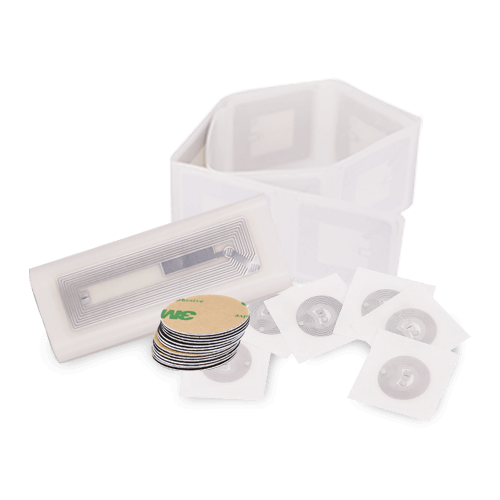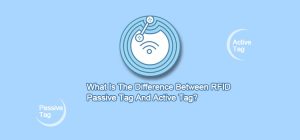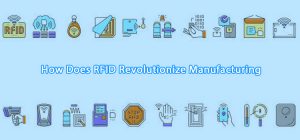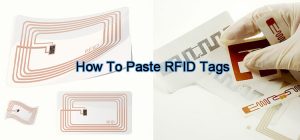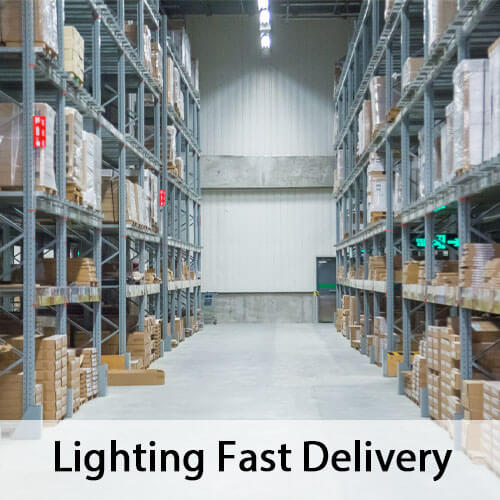If you are planning to integrate RFID technology into your business, you will need to understand the different frequencies, and how they can impact your...
Read MoreAbout
Established in 2008, Shenzhen Xinyetong Technology CO., LTD is an industry-leading professional manufacturer and exporter of smart cards and RFID labels.
Contact info
- Floor 16 Jingyuan Mansion,28 BuLong Road Longgang District,Shenzhen,Guangdong,China
- +86-0755-26979016
- contact@asiarfid.com

